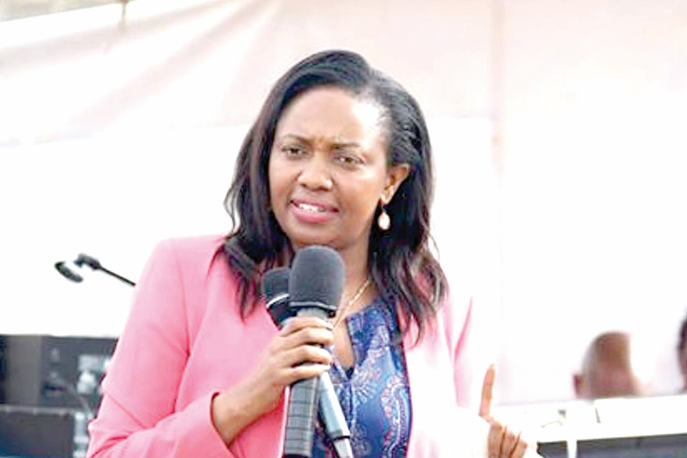Why climate litigation risk must be in firms’ planning

The first time I came across climate litigation was during one of my consulting projects that required me to dig deep into the topic of greenwashing in sustainability communication and disclosures.
At the time, it was a fairly new concept to me. I’d always assumed that the consequences of greenwashing relied solely on consumer protection laws.
But as I explored further, I realised that climate litigation is much more than that – it’s the culmination of legal actions designed to engage directly with climate change, the issues linked to it, and the science that underpins it.
So far, climate litigation has been more common in high-income countries, where consumers are generally more values-driven and quicker to hold companies accountable for misleading environmental claims.
Because of that, the number of climate-related court cases has nearly doubled globally over the last decade. And it’s only a matter of time before this wave gains full momentum in middle- and lower-income countries too.
In Kenya, climate litigation is no longer theoretical — it’s already taking root. Though it still faces pushback, it’s grounded in our existing legal frameworks.
Our courts are increasingly willing to hear arguments centred on the human and environmental costs of irresponsible business decisions.
Climate litigation also embraces the principle of intergenerational equity – the idea that fairness and justice must extend across generations.
This concept fits naturally within climate lawsuits, which often seek to protect the rights of future generations by holding today’s polluters accountable.
Courts are now recognising this principle when interpreting environmental laws.
For example, in a landmark case between Royal Dutch Shell and Milieudefensie, the Hague ruled that Shell must reduce its CO2 emissions based on its duty of care – a ruling with implications that reach far beyond one company.
This is an issue that cuts across nearly every industry. Financial institutions, for example, are increasingly finding themselves in the crosshairs of climate litigation.
Allegations are mounting that they have failed to align their investment portfolios with global climate goals set out in international agreements like the Kyoto Protocol and the Paris Agreement.
Unfortunately, as a collective, we have not yet agreed on a standard approach to conduct climate-alignment assessments for all financial flows and portfolios.
Without this clarity, blind spots remain hidden in everyday operations increasing the risk of greenwashing and leaving financial institutions more vulnerable to legal challenges.
To close this gap, the work must start internally. Without clear guidance, many organisations are simply feeling their way through critical processes, risking missteps that could cost them dearly.
Effective climate alignment assessments must be supported by robust policies and strong private-sector collaboration, creating real incentives for investments that align with shared climate goals and policy frameworks.
The writer is an ESG & Corporate Sustainability Adviser














